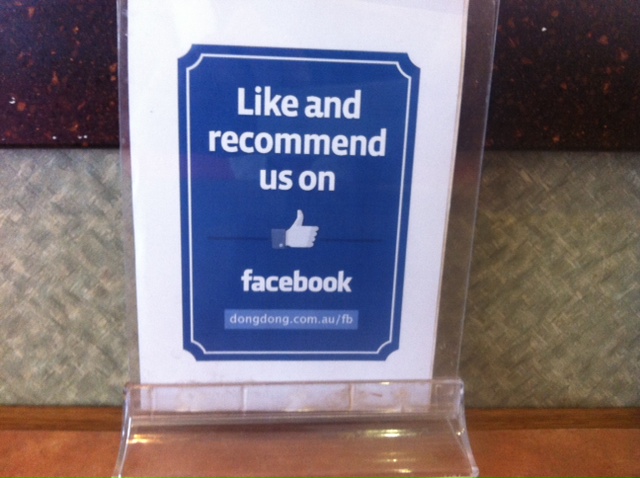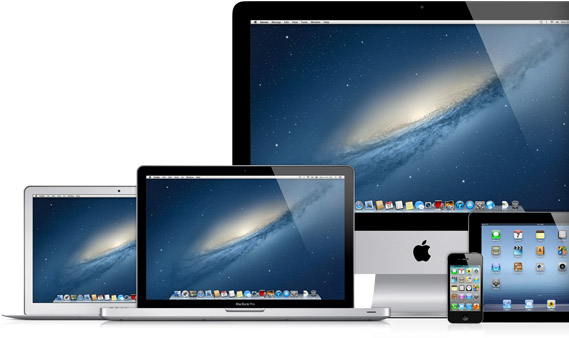Last week Google and Facebook announced their quarterly results with the search engine giant continuing its worrying slowing of advertising revenue. The respective changes of the two online services show how online advertising is changing.
While Google slows, Facebook is showing accelerating growth for its advertising, driven mainly by mobile users, illustrating the shift in internet usage from desktops to smartphones.
In its 2014 New Digital Consumer report, market research company Nielsen observed that US consumers in 2013 were spending more time accessing the internet on their smartphones than on personal computers; PC use had fallen seven percent to 27 hours a week while mobile use had surged 40% in 2013 to 34 hours.
Television still remained dominant with the combination of live and time shifted TV viewing making up 144 hours of the average American’s week, although it did fall slightly.

Those figures are a year out of date and there’s no doubt the numbers have accelerated since then. One of Tim Cook’s triumphs at Apple has been the release of the iPhone 6 and the larger form factors in the current generation of smartphones is a response to consumers’ demand to watch video on their devices.
Bigger Android, Windows and Apple smartphones will only seen even more people using their mobiles to watch video and surf the web.
Which puts Google’s predicament in sharp focus; we are definitely in the post-PC world yet their revenue still overwhelmingly comes in from desktop users while Facebook’s is increasingly coming from mobile consumers.
A strength Google has is that its revenues still dwarf the social media upstart’s – Google’s income is currently six times greater and its gross profit margin doubles that of Facebook’s – giving it plenty of leeway to change.
The question is where do the new revenues come from? Probably the biggest opportunity Google missed was in replacing the Yellow Pages franchises with their own local small business listings with Google Your Business (aka Google Place and Google Plus for Business) being lost in a confused and bureaucratic corporate strategy.
Compounding the problem for Google in the small business space is Apple’s entry and while Apple Maps is no contender against Google’s far superior product, an integration with Apple Pay would give Apple far more rich data to enhance listings with – not to mention more of an incentive for merchants to sign up.
With the changing web, Google are going to have to change as well. If advertising is going to remain the mainstay of their business then the company needs to find a way to capture smartphone users.
It could be worse however, a report from consulting firm Strategy Analytics estimates print media’s share of advertising revenue fell another seven percent this year. Time is running out for newspapers.

While print is ailing, the advertising battleground is mobile digital although TV still dwarfs the market. How this evolves in the next five years will define the next generation of media tycoons.
Similar posts:







